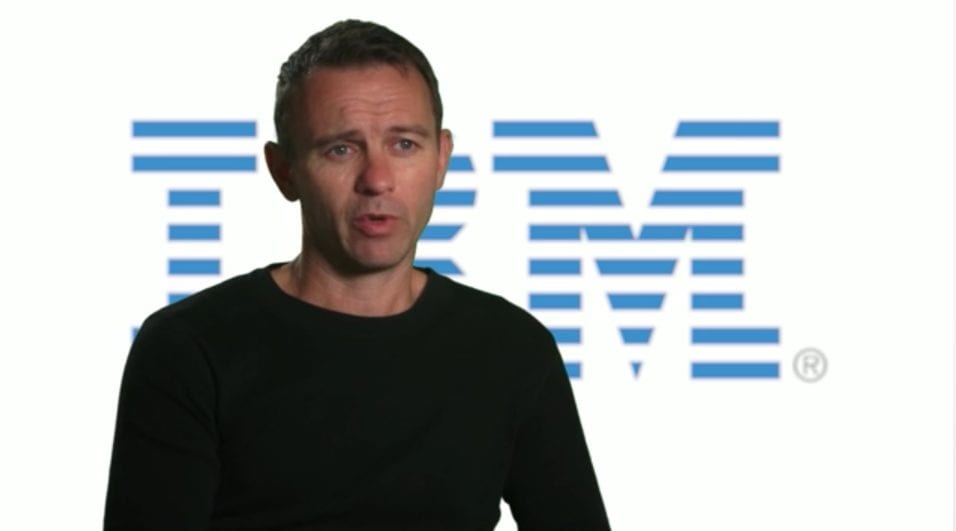Your business has an established track record of providing great service. And you get regular feedback from your clients about how satisfied they are. These clients are advocates for your business. You can capture and share these success stories as part of your marketing process through customer testimonial videos.
In this episode:
00:28 – Share your customer testimonial success stories
00:59 – Let others sell your business for you
01:28 – Video builds a stronger connection
01:38 – Avoid using a script
02:02 – Ask open-ended questions
02:38 Ask for a testimonial while it’s fresh
Customer testimonials are basically good reviews and recommendations from clients. And they are extremely powerful marketing opportunities for your business. The reason is because of the credibility they hold.
In marketing, people can make all sorts of assertions. For example, “we are the fastest, most reliable, best value etc.” Testimonials are so influential because they’re seen as more reliable and honest. So instead of selling your business yourself, testimonials can let other people do it for you.
Deciding to collect testimonials is the first step. But not all testimonials are created equal. How do you make an effective testimonial? What is the best way to deliver a testimonial to your audience? What should be included in a testimonial?
Here are a few tips on how to create and deliver high quality testimonials for your business.
#1: Use video
The best way to deliver testimonials is through video. A stronger connection can be created with your audience if they can see the person delivering the testimonials. This will make it more engaging, entertaining and credible.
#2: Don’t use a script
Instead of writing a script for your client to read, give them a brief of what you’re looking for. Let them know the general direction you want to video to go, how long it will be and where it’ll be posted. Interviewees will give better answers if it is unrehearsed because it will be more natural and convincing. The last thing you want is for the video to sound phony or forced.
#3: Open Ended Questions
Avoid asking yes or no questions. Here are some good examples of open ended questions that give your clients the chance to open up, and share their experience.
“What challenges were you facing?”
“Why did you choose to contact us?” and
“What was it about our service that was best?”
Here’s a good structure for a customer testimonial video: Prompt the interviewee into talking about 4 key areas: themselves, the challenge they were facing, why they chose you to fix it and, most importantly, how your work solved their problem.
#4: Ask for a testimonial while its fresh
The best time to ask for a testimonial will be while your great work is fresh in their mind. You can even make testimonial requests part of your businesses operating procedure: At the beginning of working together, foreshadow that, once the work is done, you’d love the opportunity to get feedback, and to capture it on video. It’s not only a great way to advertise your business, but also a great way to track customers satisfaction with your business and products.
So, the question for you is, who are your businesses greatest fans or advocates? How would capturing and sharing their stories help to market your business?
To learn more about testimonials, click on one of the links below: You can listen to a podcast I recorded that goes into more detail about capturing great customer testimonial videos. The other link takes you to some testimonial videos featuring our own clients.
To listen to a podcast where I go into more detail about how to capture great customer testimonial videos, please visit my podcast.
Here’s a link to view a customer testimonial video we filmed with one of our clients.
Are you looking for help with your customer testimonial video? Get in touch today.
Ryan Spanger is one of Melbourne’s most respected and sought-after video production professionals. Ryan founded Dream Engine in 2002, and specialises in helping medium to large corporates, government departments, and the non-profit sector to connect with their audience more effectively by using video.

